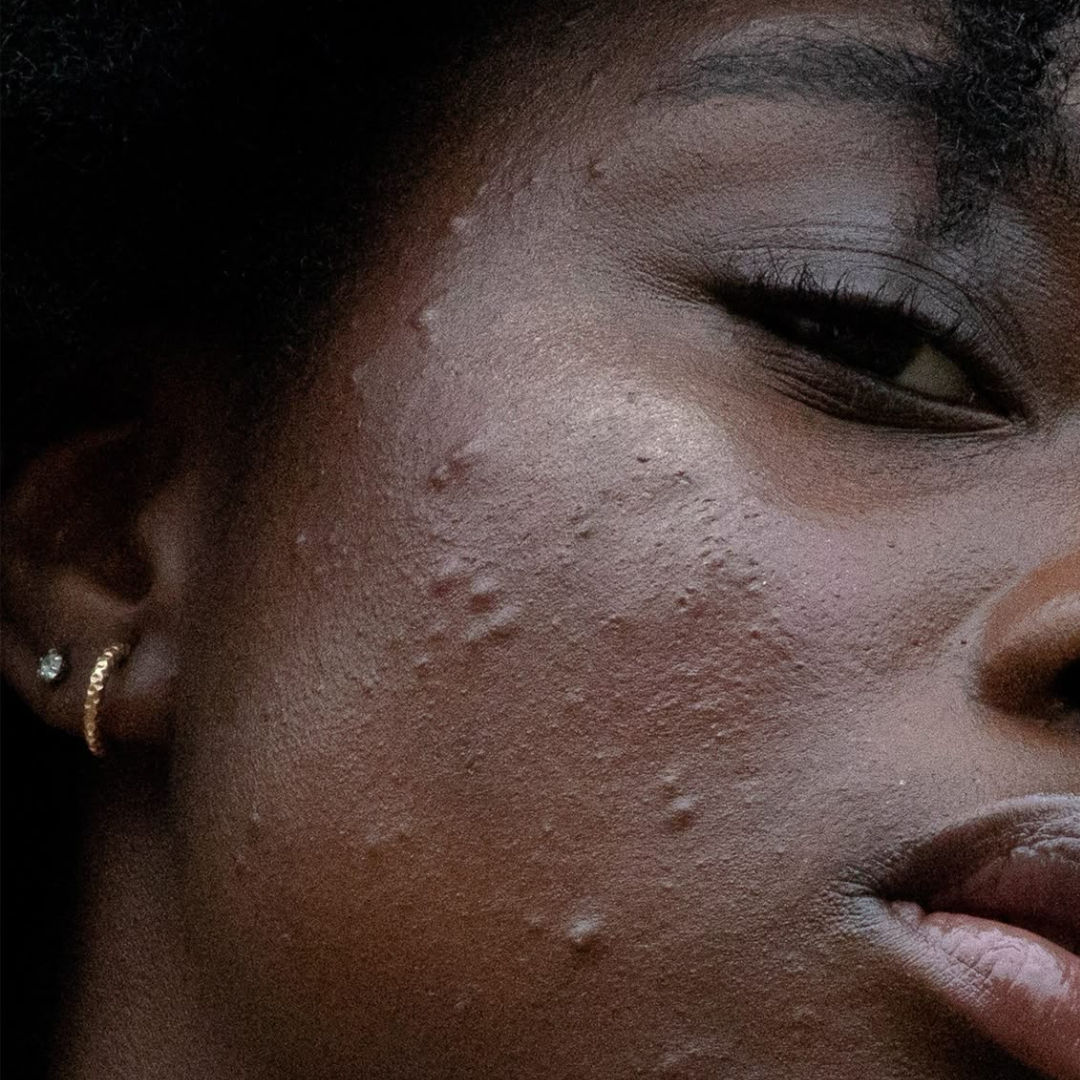
All you need to know about the physiology and function of the sebaceous glands
Share
The sebaceous glands play a fundamental role in the health and appearance of the skin. Often overlooked, they are responsible for the production of sebum, the protective film that maintains skin hydration and protects against external aggression. Understanding their physiology and function is essential to understanding how imbalances can lead to skin problems such as acne, dilated pores and oily skin. This article explores in detail the role of sebaceous glands, their anatomy, their regulation and the impact they have on skin health.
1. Anatomy of the sebaceous glands
Sebaceous glands are small exocrine glands located in the dermis and connected to the hair follicles. They are present on almost the entire body, with the exception of the palms of the hands and soles of the feet. Each sebaceous gland is made up of cells called sebocytes, which synthesize and store sebum before releasing it into the hair follicle.
Sebum is a complex mixture of lipids, including triglycerides, waxy esters and squalene. These substances play a protective role, keeping the skin hydrated and reinforcing its barrier against bacteria and environmental aggressors. The size and activity of sebaceous glands vary according to location on the body, age, sex and hormonal factors.
2. Sebum production and regulation
Sebum production by the sebaceous glands is regulated by several internal and external factors. Hormones, particularly androgens such as testosterone, play a central role in stimulating sebocyte activity. This is why sebum production often increases at puberty, and can decrease with age.
Other factors, such as stress, genetics, diet and hormonal variations (such as those linked to the menstrual cycle), also influence sebum secretion. When sebum is produced in excess, it can clog pores and encourage the formation of closed comedones, blackheads and sometimes acne. Conversely, insufficient sebum production can lead to skin dryness, irritation and a fragile skin barrier.
3. Role of sebaceous glands in skin health
Sebaceous glands perform several essential functions for the skin. Firstly, they maintain natural hydration by forming a protective lipid film. This film limits water evaporation and preserves the skin's elasticity and suppleness. Secondly, sebum plays an antimicrobial role, limiting the proliferation of certain bacteria responsible for acne.
Finally, the sebaceous glands are involved in thermoregulation and protection against external aggressors such as cold, wind and pollution. Sebaceous gland activity is essential to maintaining healthy, functional skin. Any imbalance in their function can result in skin problems ranging from excess sebum and dilated pores to inflammatory acne.
4. Sebaceous gland dysfunction
Sebaceous gland imbalances are common and can take many forms. Excess sebum leads to oily skin and clogged pores, encouraging the formation of comedones, blackheads and sometimes inflammatory pimples. Conversely, insufficient sebaceous gland activity leads to dry, fragile skin, more sensitive to irritation and external aggression.
Certain factors aggravate these dysfunctions. Excessive sun exposure, the use of aggressive products or hormonal imbalance can stimulate or inhibit sebum production. Understanding the role of each factor allows us to better adapt skin care and prevent problems linked to excess or lack of sebum.
5. Care and regulation of sebaceous activity
To maintain the balance of the sebaceous glands, it's essential to adopt a skincare routine adapted to your skin type. Gentle cleansers help regulate excess sebum without weakening the skin barrier, while chemical or mechanical exfoliants promote cell renewal and prevent clogged pores. Appropriate moisturizers help maintain skin suppleness and limit the overproduction of sebum by compensation.
In some cases, specific dermatological treatments may be required to regulate sebaceous gland activity, notably to treat acne or seborrhea. Solutions may include hormone regulators, topical retinoids or targeted skincare to rebalance sebum production and reduce inflammation.
6. Conclusion
Sebaceous glands are essential to the proper functioning and health of the skin. Their role is not limited to sebum production: they protect, moisturize and help defend against external aggression. An imbalance in the functioning of these glands can lead to a variety of skin problems, from oily skin and dilated pores to acne and dryness.
Understanding the physiology of the sebaceous glands allows us to better adapt our skincare products and take targeted action to preserve the skin's balance. A gentle, adapted and regular routine, combined with dermatological interventions where necessary, is the best approach to maintaining functional sebaceous glands and healthy skin.
